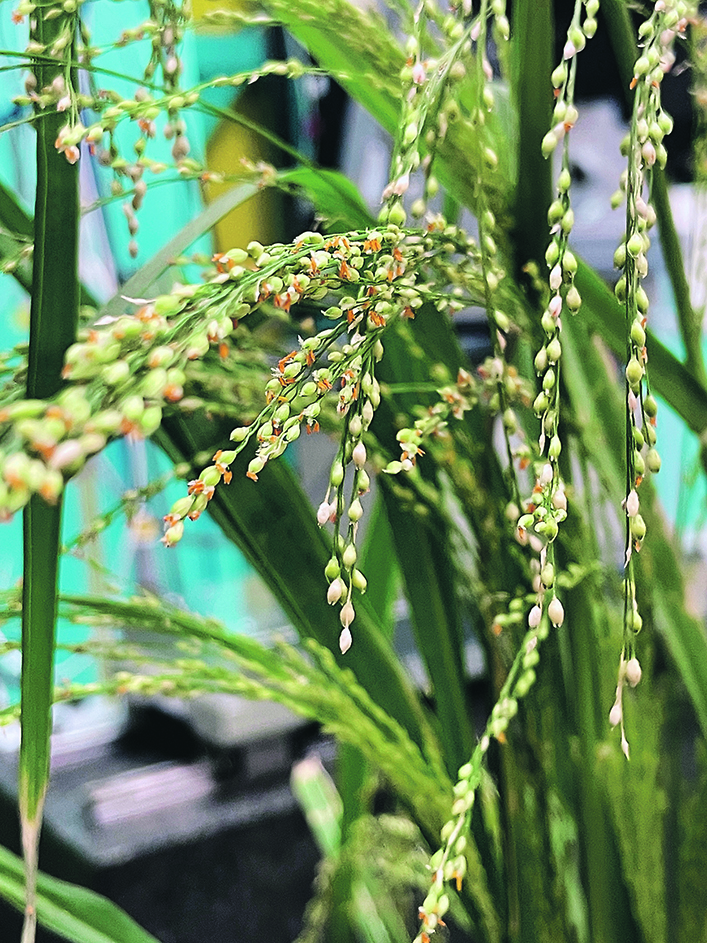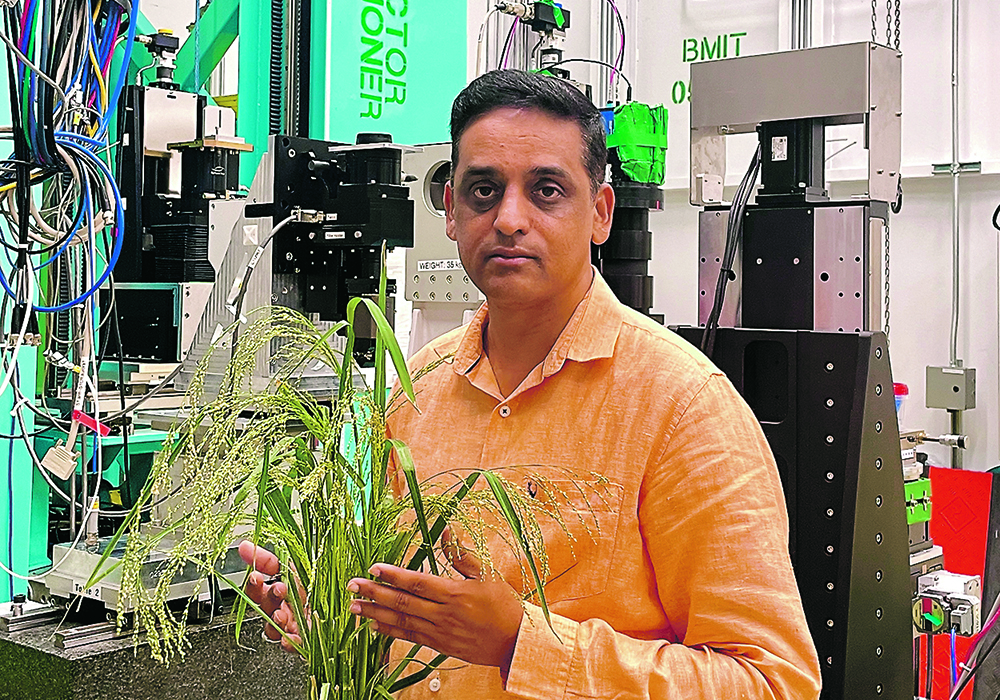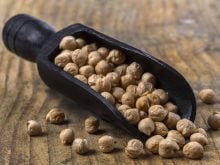New research at Agriculture and Agri-Food Canada and the Canadian Light Source at the University of Saskatchewan shows millet has promise for Saskatchewan farmers.
The crop is nutritionally dense and resilient in dry conditions.
Raju Soolanayakanahally of AAFC and his colleagues discovered how and where millet stores nutrients.
Read Also

Manitoba bans wild boar possession
Manitoba has tightened the regulatory status of Eurasian wild boar in an effort to help fight back against invasive wild pigs.
“Millets will give us nutritional security, and these millets are very important because they contain such dense nutrition profiles.”
He said millet is packed with iron, zinc, calcium, manganese and magnesium, has a low glycemic index and is gluten free. Typical Canadian cereal crops or rice are great for food security but not nutritional security, he added.
Though virtually ignored in North America as a source of human food for more than seven decades, millets are gaining popularity along with the pseudo grains quinoa and chia, which have found a niche as health foods because of their nutritional value.

Millets have been popular in South Asia and other cultures for many years. Soolanayakanahally said in his home country of India, there are festivals at which millet is the first meal cooked and served. It can be cooked like rice or ground like flour for use in baking and cooking.
Soolanayakanahally’s research aimed to determine where in the plant the nutrients are stored and how the grain can best be cleaned to ensure all nutrients are maintained. This couldn’t be done through the typical analysis of molecules and chemical mechanisms, so the Canadian Light Source was used.
“The beam [at CLS] is a million times brighter than sunlight,” he said. “It goes through the seed. It can tell us where manganese, iron, zinc and calcium is localized within the given seed, without destroying the seed.”

His team chose to first use the X-ray micro-computed tomography beam, followed by the X-ray fluorescence imaging beam.
The micro-CT beam produced a 3D image of the seed to show location of the endosperm, germ layer, and seed coat, as well as seed porosity. The second beam produced an image that allowed Soolanayakanahally to see millet’s chemical composition.
Researchers discovered that manganese is in the seed coat and potassium, calcium, copper, iron and zinc are in the germ layer.
They were also able to identify location of the minerals at various plant stages and how millet retains them in comparison to wheat and rice.
Soolanayakanahally said results are the first step toward more widespread millet use and crop production. The next step is determining the best cleaning and processing methods.
“If we find some good candidates that are useful, then we can do some translational research to enhance wheat to adapt and change some of the genes that can be better at picking up iron, zinc and fortify that into the wheat grain. Or it could be the same with canola or any crop.”
For now, Soolanayakanahally encourages farmers to consider seeding millet varieties, particularly when facing drought conditions.
“Millets are one of the ancient crops that are very climate resilient and adaptable to varied and semi-arid regions anywhere in the world, whether you look at developing countries or here in Saskatchewan, like some of the semi-arid regions south of Swift Current all the way to the 49th parallel.”
The crop is drought hardy, heat tolerant, has minimal dust and disease, and requires less fresh water and fertilizer than many other grain crops. Millet uses 50 per cent less water than wheat and helps build soil carbon.
Millets also have robust root systems able to access deeper groundwater.
“Since millets can source water from deeper profiles of the soil, it in fact can enhance the overall soil health,” he said. “And the more you have soil carbon in different layers of the soil, then they retain water and nutrients better and help the subsequent crop the following year.”
















